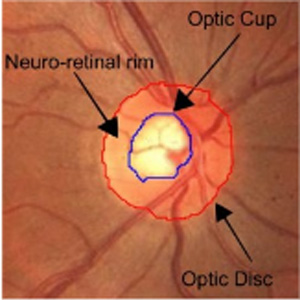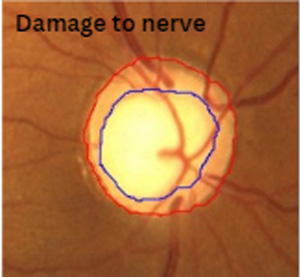Glaucoma
What is Glaucoma?
Glaucoma is a group of eye conditions that damage the optic nerve, essential for vision. Most commonly, this damage is due to increased pressure inside the eye. The most prevalent form of glaucoma is chronic glaucoma, specifically primary open-angle glaucoma (POAG).
Who is at Risk?
Anyone can develop glaucoma, but the risk is higher if you:
- Have ocular hypertension (OHT)
- Have a family history of glaucoma
- Are of African or Caribbean descent
- Have high blood pressure
- Are very short-sighted
- Are over 40 years old
- Have diabetes
Symptoms and Detection
Chronic glaucoma often has no early symptoms, making regular eye examinations crucial. Optometrists use three main tests to detect glaucoma:
- Examining the optic nerve, possibly with photographs or scans
- Measuring eye pressure, often with a gentle puff of air or a tonometer
- Testing peripheral vision with a visual fields machine
Managing Glaucoma
There is no cure for chronic glaucoma, but it can be effectively managed with daily eye drops or laser treatment to lower eye pressure. Consistent treatment and regular check-ups are essential to prevent vision loss.
Acute Angle-Closure Glaucoma
This less common form occurs when the drainage channels in the eye are blocked, leading to a sudden increase in pressure. Symptoms include eye pain, nausea, red eyes, and seeing halos around lights. Immediate medical attention is necessary to prevent permanent vision damage.
Driving with Glaucoma
If diagnosed with glaucoma in both eyes, you must inform the DVLA (or DVA in Northern Ireland). You might need additional tests but can usually continue driving.
For more information, visit NHS Choices or contact Glaucoma UK’s Sightline service.
For personalized advice and regular eye health checks, visit our optometrist. They are specialists in eye health and provide essential examinations and care.



